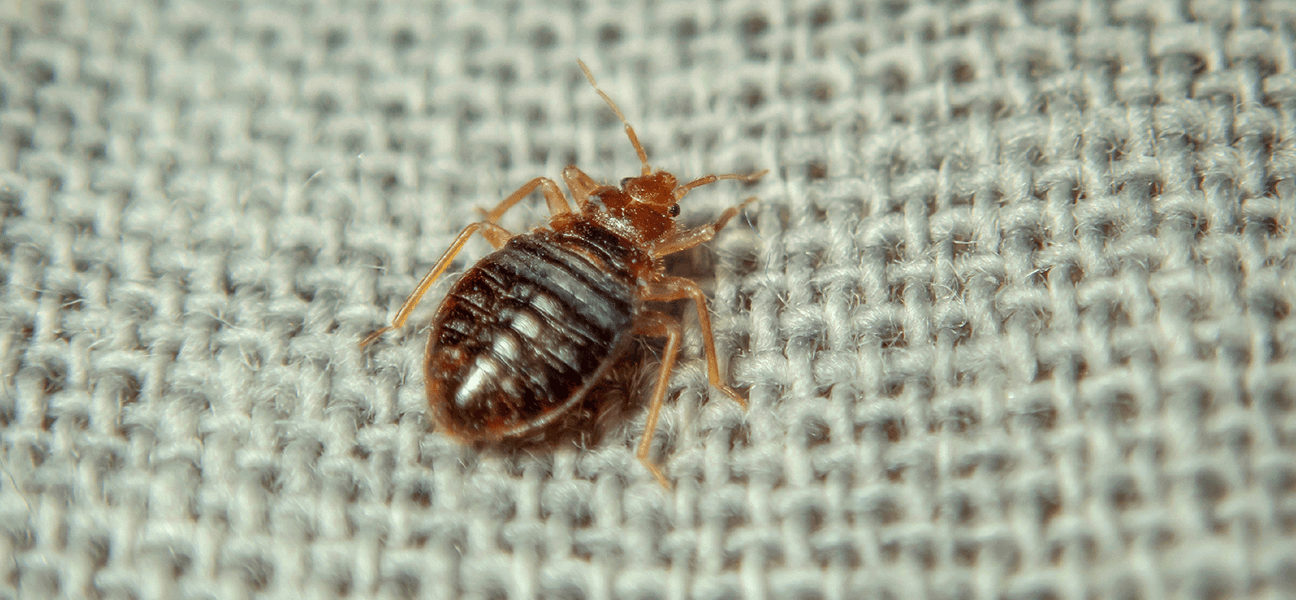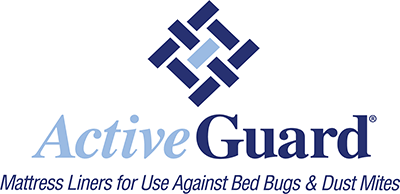Bed bugs are one of the most difficult and expensive pests to treat once they decide to make your hotel their home. They may enter by hitchhiking onto guest luggage, the clothes of hotel employees or even via service or delivery vehicles that visit daily. Once a bed bug enters, it will have ample food and hiding places to survive and thrive within a single occupied room. Worst of all, a single bed bug can crawl as far as 40 or 50 feet per day, which means a bug can easily travel to its next blood meal in an adjoining room once a guest checks out. Movement is further facilitated when you consider that guestrooms share a network of plumbing, electrical and telecommunications lines that can be easily accessed by a bug the size of an apple seed. These lines are situated throughout a building, regardless of how small or grand the property is, providing conduits for a bed bug to access any guestroom it desires. There are countless opportunities for bed bugs to spread around your property once introduced.
You may think there is nothing a hotelier can do once a bed bug is introduced besides react and be on the defensive regarding the next guest complaint. Bed bug prevention using an active mattress liner like ActiveGuard® means you can be proactive in stopping infestations before they establish while maintaining a discreet position and not disrupting hotel operating efficiencies. These active liners installed on your box springs or mattresses do not visually appear as a bed bug tool to your guests. Remember, discretion is critical regarding bed bugs. These liners blend into the overall bedding and do not arouse suspicion of any potential bed bug activity. Functionally, active mattress liners prevent pregnant bed bugs from laying their eggs, stopping an infestation before it begins.
Active mattress liners are perfect for protecting guests in bed, but what can a hotelier do about the bed bugs crawling between rooms? Consider utilizing a low-toxicity, insecticidal, silica-based dust to stop the bugs from traveling. Apply the dust behind outlets and telecommunication covers to prevent the bugs from using those lines to travel to a new room. The dust can also be used discreetly around the perimeter of the room, under baseboards, behind headboards and bed frames, and in any cracks, voids or crevices. These represent common areas of harborage for a bed bug aside from the bed itself.
Bed bugs are unfortunately more mobile than you may have first realized. Bed bugs can move around to nearly any room on your property once they’ve entered without having to hitchhike on anybody in the building. Active bed bug prevention using a few powerful tools will stop those bed bugs in their tracks—before they can do any damage to your guests, reputation and bottom line.
Click here to learn how Bed Bug Prevention Starts with ActiveGuard

